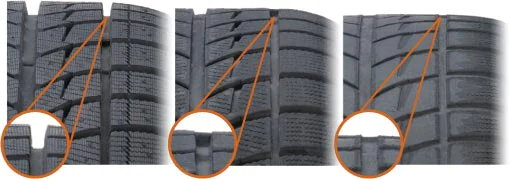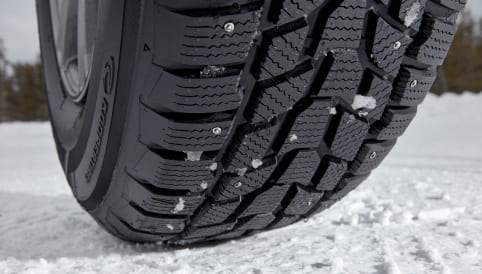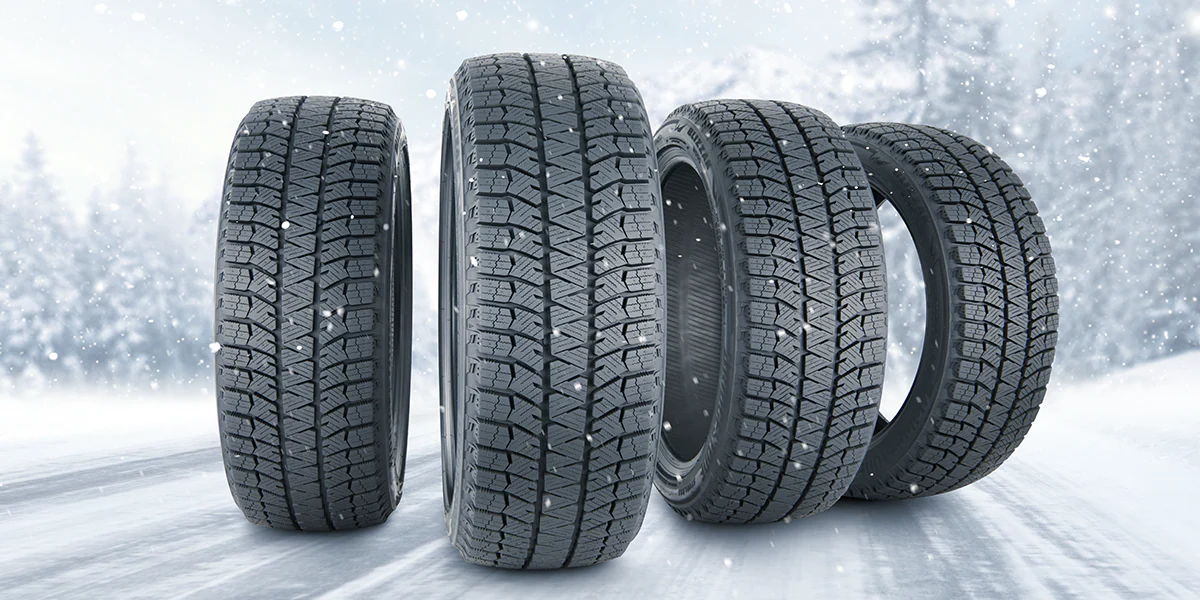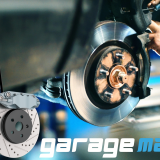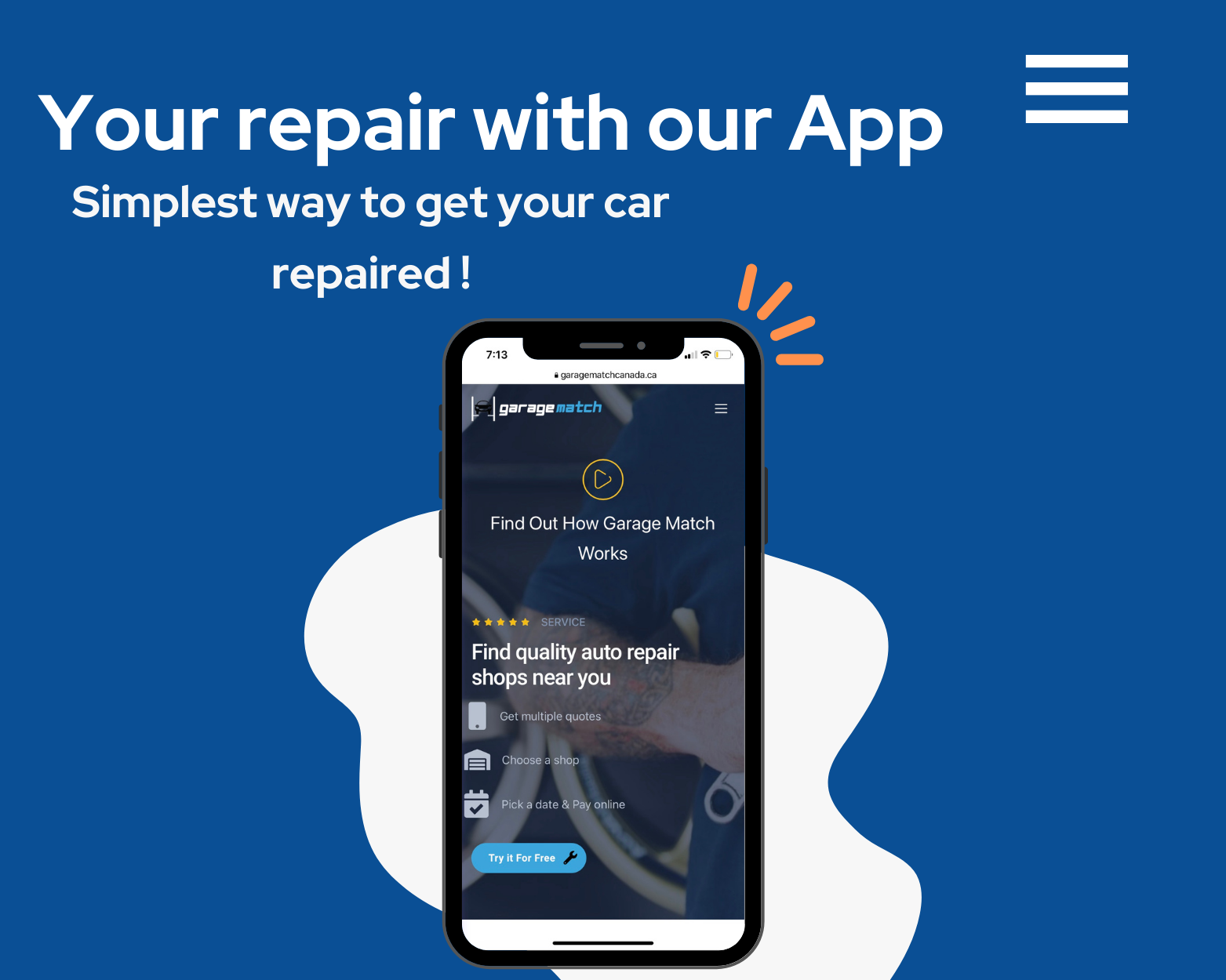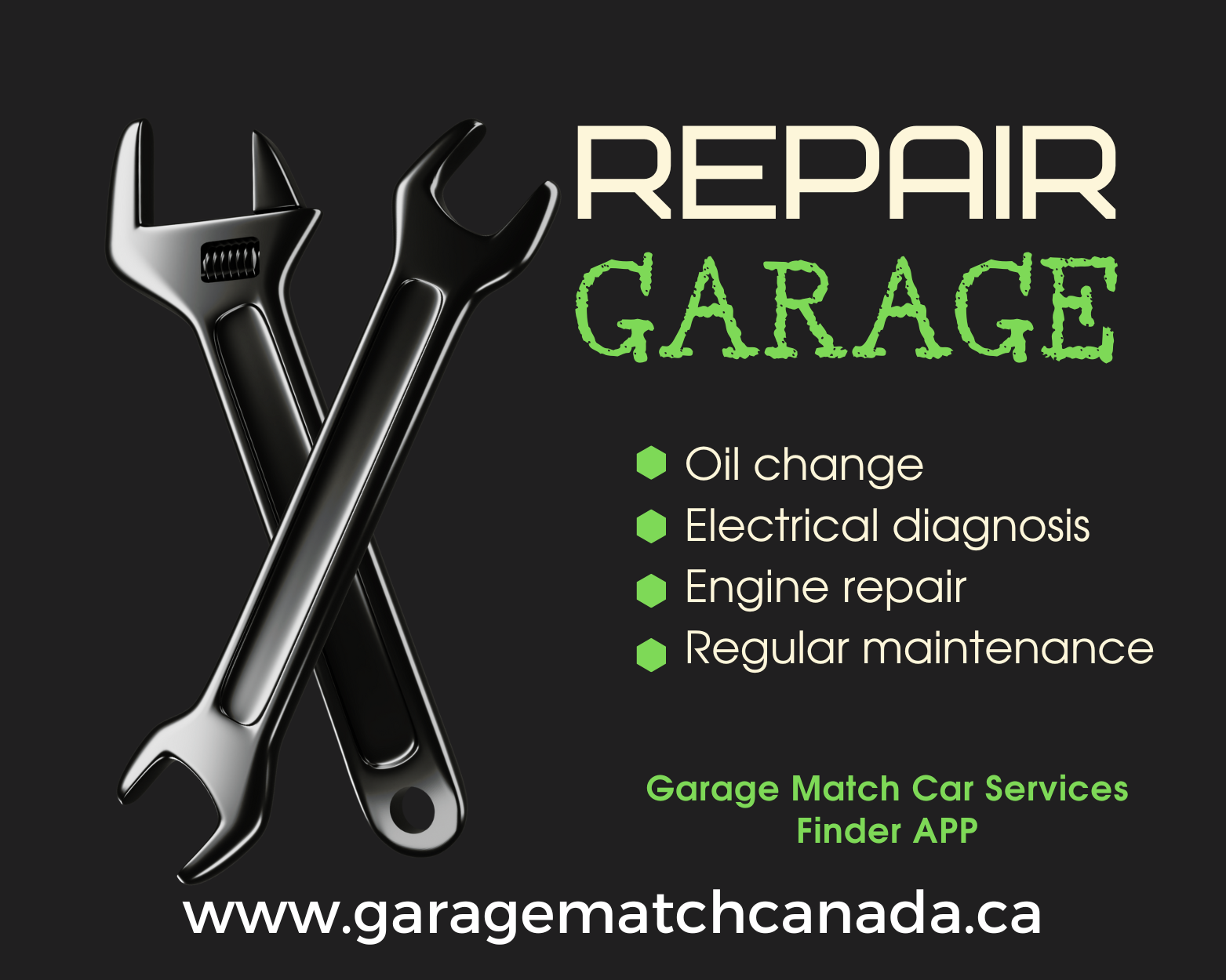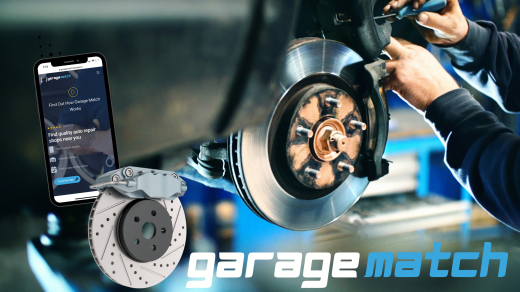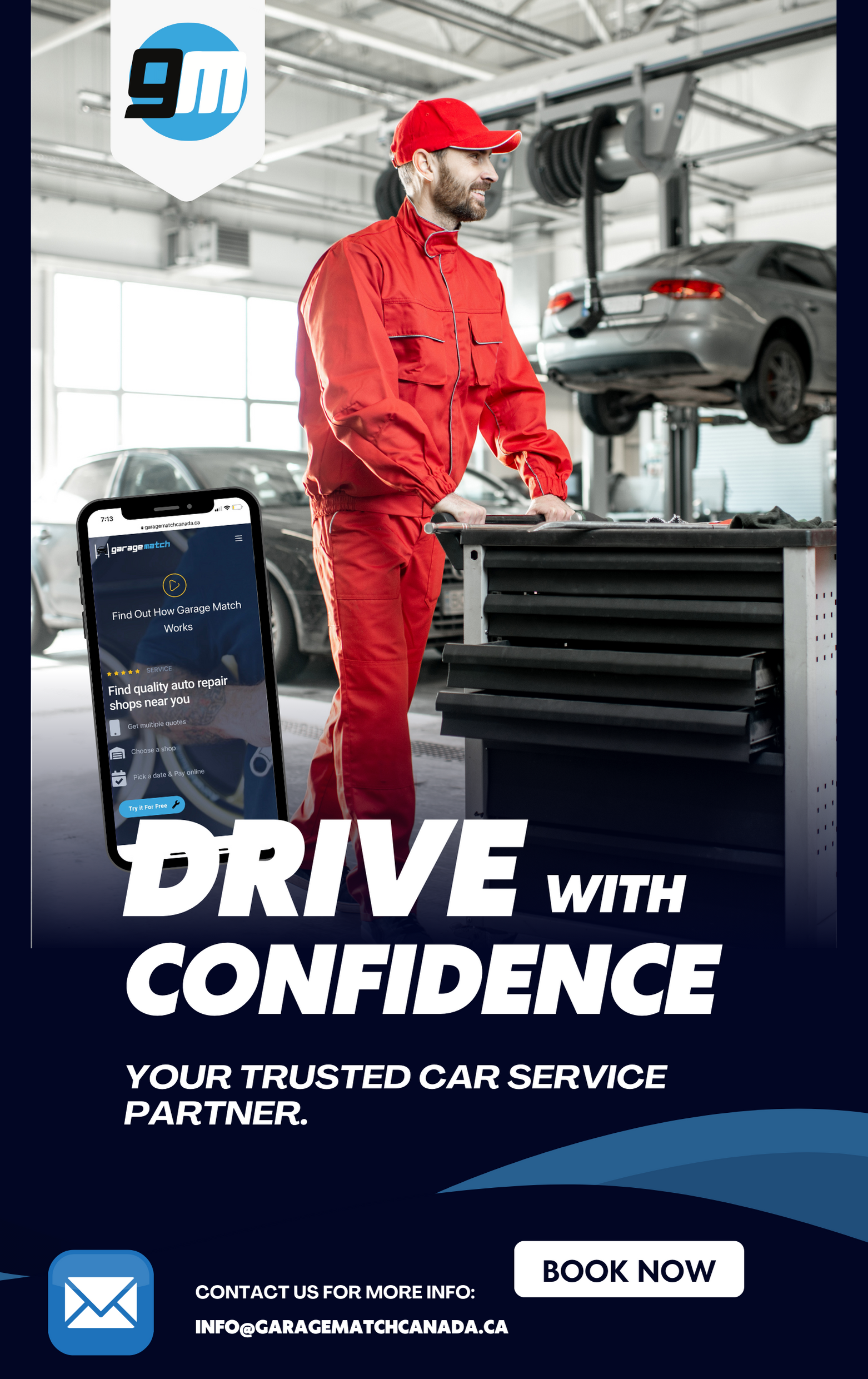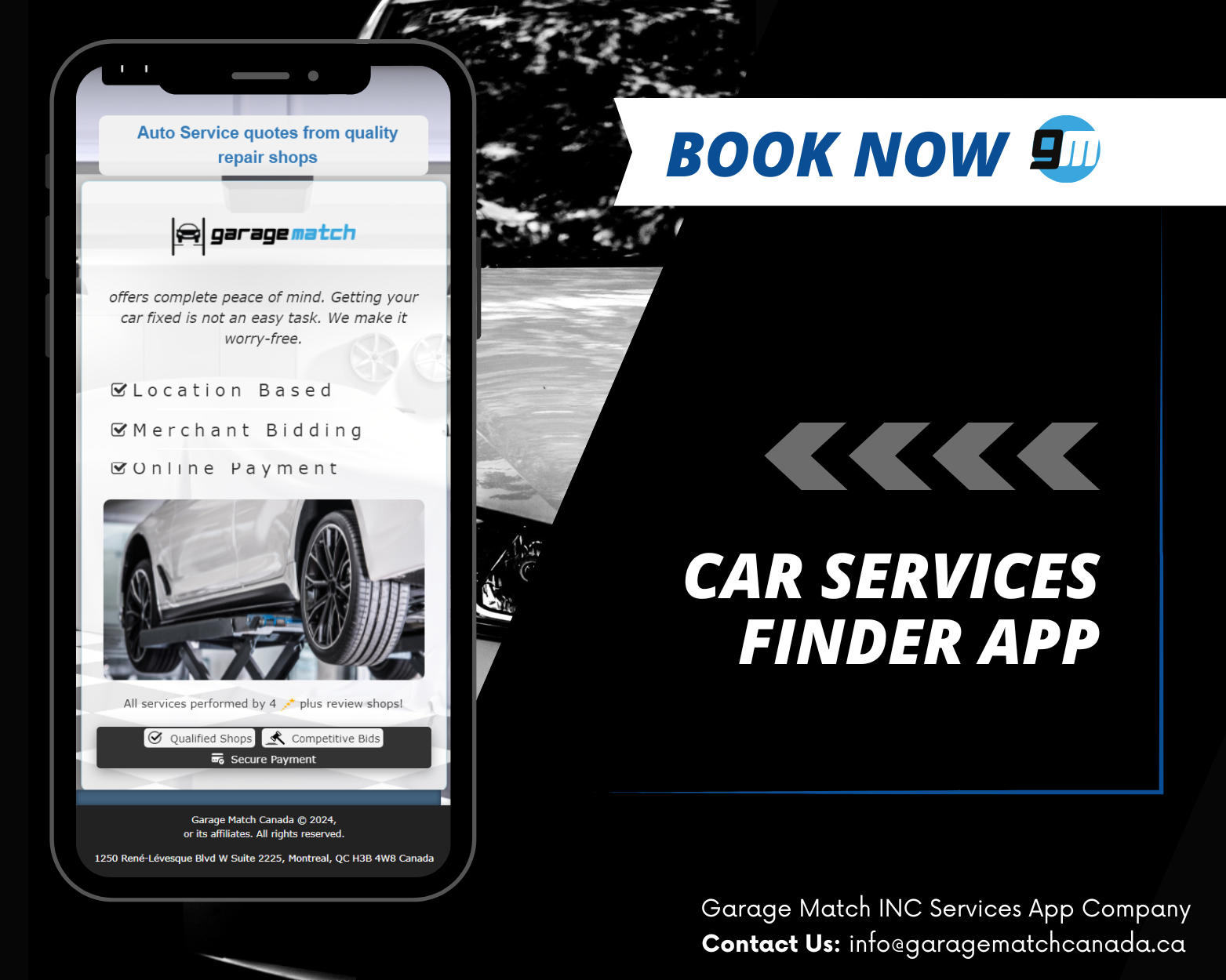United Shopping | W.I.N.T.E.R Tips

United Shopping| W.I.N.T.E.R Tips !
To stay safe behind the wheel this winter season, consumers should remember the following W.I.N.T.E.R. tips from Unitedshopping.ca:
Winter Tires Are Worth It: The best way to improve winter / snow tire traction and increase safety is with a set of dedicated winter / snow tires. Starting at a few hundred dollars for a set of four, typical winter / snow tires can last three or more winter seasons and increase the life span of your other tires when they are only driven in spring, summer and fall.
In Traction We Trust: Winter tires feature tread rubber that is blended to remain flexible even in sub-freezing temperatures, and are designed to maximize traction on slippery winter roads. All-Season and summer tires begin to lose traction as ambient temperatures approach freezing, even without slush or snow on the road. Lower temperatures reduce these tires’ tread rubber flexibility and ability to grip the pavement.
Never Forget the Pressure: The air inside your tires supports the weight of your car. For every 10-degree drop in temperature, tires lose about 1 pound per square inch (psi) of air pressure. A tire filled to 32 psi at 70 degrees will have only 28 psi at 30 degrees. Underinflated tires offer less traction, can reduce fuel mileage, can wear out prematurely and cause irreparable damage that compromises their durability. Check tire pressures monthly with a quality air pressure gauge, and if needed, fill them to vehicle manufacturer specifications.
Tread Depth Matters: If sleet, slush and snow-covered roads are in your future, replace tires when they reach approximately 5/32″ of remaining tread depth to maintain good mobility. Tires with more tread depth offer additional traction to claw their way through sleet, slush and snow.
If the winter season means rain and wet roads in your area or where you’re traveling to, consider replacing tires when they reach approximately 4/32″ of remaining tread depth. Use a quarter, not a penny, to measure tread depth. The Tire Rack’s team at tirerack.com proved through testing that insufficient tread depth doubles your stopping distance. Adequate tread reduces hydroplaning and helps prevent accidents!
Extra Room and Don’t Tailgate: Adding distance behind the vehicle ahead gives you more time to react and distance to stop. While it’s often recommended to follow two seconds behind at 30 mph and four seconds at 60 mph, those times should be doubled in wet conditions and tripled for snow.
Remain a Smooth Operator: Accelerate, brake and steer as if you had a full cup of hot coffee on the dashboard. This helps improve fuel mileage and prevent loss of control.


